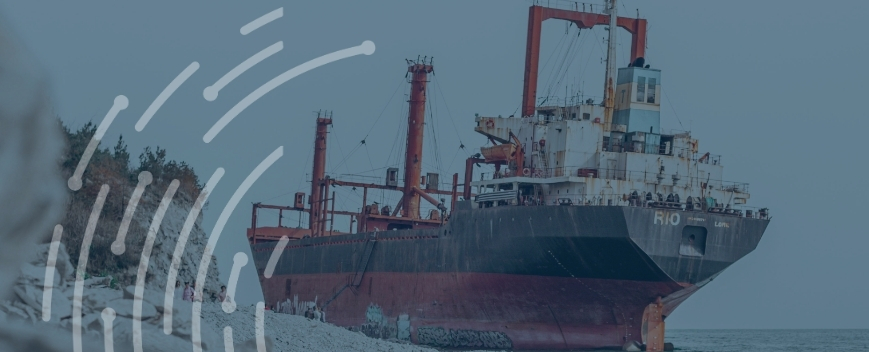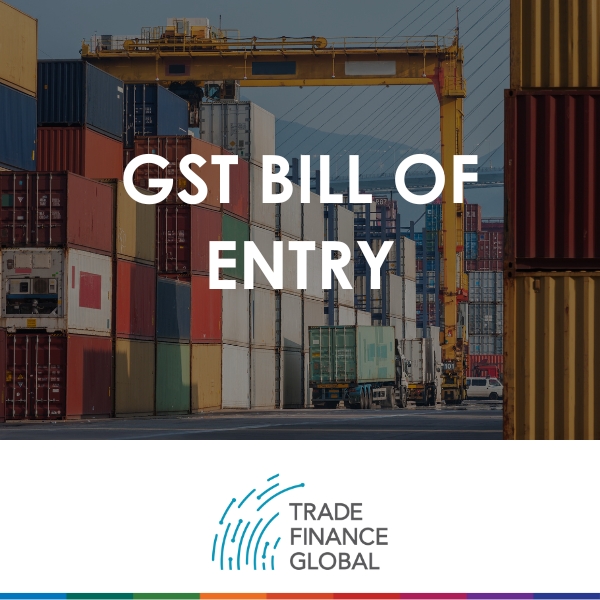What is GST?


Access trade, receivables and supply chain finance
We assist companies to access trade and receivables finance through our relationships with 270+ banks, funds and alternative finance houses.
Get startedContent
What is GST, and What is a GST Bill Of Entry?
This post tries to answer the following in the most straightforward way possible.
- What is GST?
- What is a GST Bill of Entry
If you’d like to understand the importance of these tax issues, read on.
What is GST?
The GST (Goods and Service Tax) is a form of indirect taxation that was put into action to replace many other indirect taxes in India.
On the 29th of March in 2017, the Parliament passed the Goods and Service Tax Act, which came into effect on the 1st of July, 2017. Now, GST is levied on every value addition in India. It is destination-based, comprehensive, and multi-stage.
- Value addition – This means that GST is levied on any value additions before the end product is completed. A ‘value addition’ is the monetary worth of every item added at each stage leading up to the final product that is consumed by the end customer.
- Destination-based – This means that the tax is levied when and where goods are sold to the final customer. In other words, destination-based GST is levied at the point of consumption, not at the point of production.
- Multi-stage – Before goods reach their final sale to the consumer from the manufacturer, they pass through a series of supply chains. This includes the purchase of raw materials and production and extends all the way to the sale to end consumers. Since GST is levied at each of the stages, it is a multi-stage tax.
In Other Words…
You can simply define GST as one indirect tax for the whole country.
When we speak of a GST regime, we mean that the tax will be entirely levied at every point of sale without any omission whatsoever. For instance, in the case of intra-state sales, we have Central GST as well as State GST charges at every stage of all transactions. In the other cases of inter-state sales, Integrated GST will be charged.
The History of GST in India
How did GST become law in India? It is the result of draft law by a committee in the year 2000. It took about 17 years to iron out the details and get the policy recognized as a tax law.
The GST Bill was finally passed in the Rajya Sabha and Lok Sabha in 2017. It came into effect on the 1st of July, 2017.
So, the GST policy in India is not the result of a quick draft but rather a process that came into effect after almost two decades from the bill’s introduction.
What are the Advantages of GST?
The main benefit of the GST is its ability to remove the cascading tax effect on the sale of goods and services. This has the direct impact of decreasing the overall cost of all products.
GST activities like registration, return filing, and others are done online on the GST Portal, and thus the process is swift and fast.
Some of the advantages of GST include:
- Elimination of the cascading tax effect
- Fewer compliance processes
- A composition scheme for small businesses
- Higher registration threshold
- Increased logistics efficiencies
- Digitization
- Regulation of the extra-legal sector
- Definition of treatment for e-commerce
Categories of GST
Under GST, there are three taxes that are applicable, including:
- CGST – Which the Central Government collects for an intra-state sale.
- SGST – Collected by the State Government for an intra-state sale.
- IGST – Collected by the Central Government for an inter-state sale.
Now that we know what GST is, and what it entails, here is an explanation for the GST Bill of Entry.
What is the GST Bill of Entry?
A Bill of Entry is a declaration form filled by the importer or his clearing agent with the Customs department.
For you to initiate the customs clearance formalities, a bill of entry must be filled along with other requisite documents on or before the arrival of goods. After that, the bill of entry is filled, and an authorized Customs Officer checks it. For it to clear, the importer must pay the Basic customs duty, IGST, and GST Compensation Cess.
If the Bill of Entry is not filled within the stipulated time of 30 days after the arrival of goods, then the cargo may be subjected to auction by the relevant authorities.
Classification of Goods
Goods on arrival at the Customs department are classified into three categories. They include:
- Free Goods that are not subject to any customs duty.
- Goods for Home Consumption that are solely imported for self-consumption.
- Bonded Goods that are subject to customs duty, and can only be released only when the duty is paid.
What are the Contents of a Bill of Entry?
The Bill of Entry includes the following information:
- Import license number
- Name and address of the importer
- Name and address of the exporter
- Name of the port where goods are to be cleared
- Rate and value of import duty payable
- Value of goods
- Description of goods
Both GST and GST Bills of Entry are crucial considerations for many business owners.
GST and GST Bill of Entry Examples & Case Study
GST Bills of Entry were required in order to initiate customs clearance facilities for a metals trader based out of Delhi.
Case Study

Metal Distributor
TFG put us in touch with GST and Tax specialists based locally so that we could continue trading and shipping metals overseas and domestically in India.
- All Topics
- Key Terms
- Incoterms Resources
- Podcasts
- Videos
- Conferences















